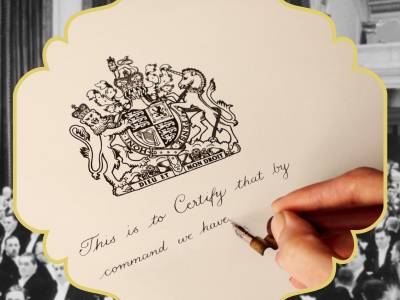Royalty in Britain is hot off the press in November 2024 and about to hit the newsstands, uncovering fascinating stories of the monarchy, past and present, and providing inspiration to visit royal palaces, castles and residences.. Published by SPHERE's parent company, Illustrated London News (ILN), we will share exclusive articles here at SPHERE digital. We start off with an insightful piece by Simon Brooke, who explores the process by which companies achieve the prestigious Royal Warrant and the changes afoot. ILN has been proud to work in partnership with the Royal Warrant Holders Association on this publication.
What makes a Royal Warrant Holder?
8th November 2024
A change in reign involves far-reaching changes, not least to the businesses that supply the monarch and the Royal Households. As the first tranche of new Royal Warrants granted by King Charles and Queen Camilla were announced earlier this year, Simon Brooke explores the world of Royal Warrants. The new publication Royalty in Britain, by Illustrated London News, explains the intricate process of reviewing and granting them.
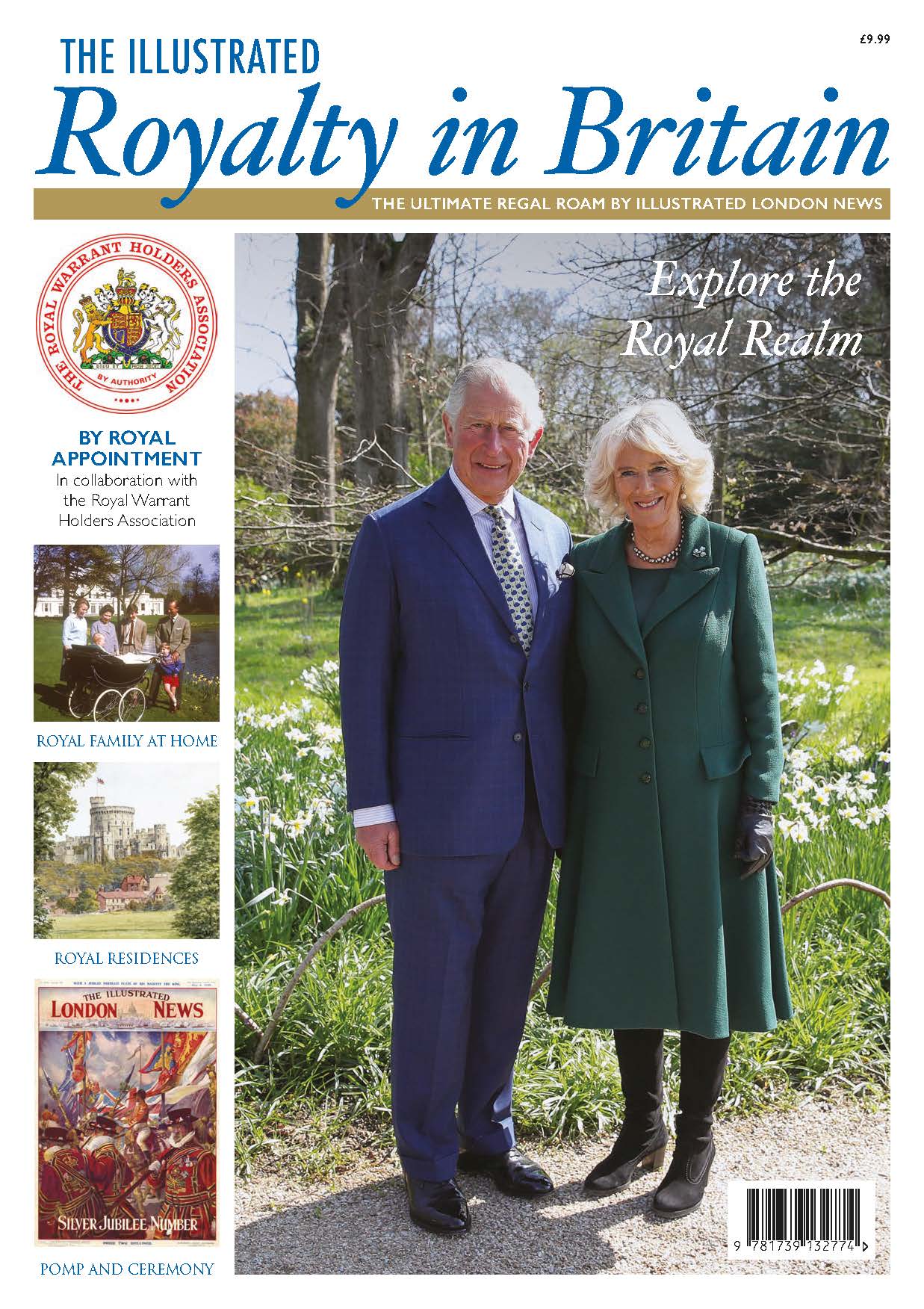
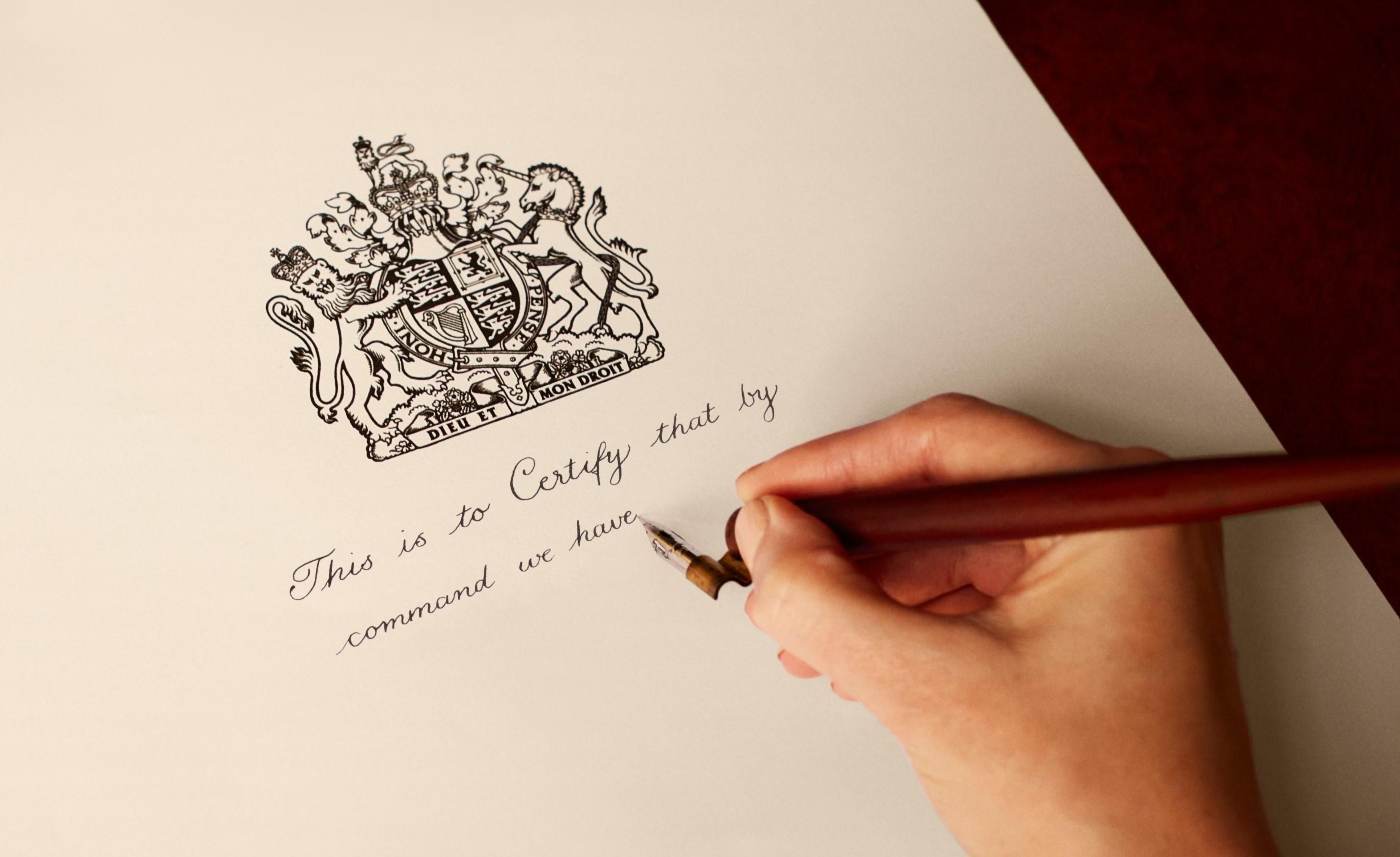
What exactly is a Royal Warrant?
The accession of a new monarch to the throne brings with it monumental historical change – along with a plethora of minor alterations. Signs, signatures, titles and references all undergo simple but significant amendments. One of those is the granting of Royal Warrants. With the passing of Her Majesty Queen Elizabeth II and the accession of His Majesty King Charles III, hundreds of companies have found themselves having to change their branding, letterheads and packaging, among other aspects of their businesses. A Royal Warrant of Appointment is the appointment of a company or an individual trader to the Royal Household. It entitles the Warrant Holder to use the Royal Arms and the phrase “By Appointment to...”. A two-year period of grace follows the death of a Grantor, the specific member of the Royal Family granting the Royal Warrant. During this time, a Grantee – that is, a company that has received a Royal Warrant – may continue to use the Royal Arms while it plans to phase out stock and branding bearing those crests. So, as part of a change in reign, a new monarch initiates a review of the previous Warrants.
New Throne, New Warrant Holders
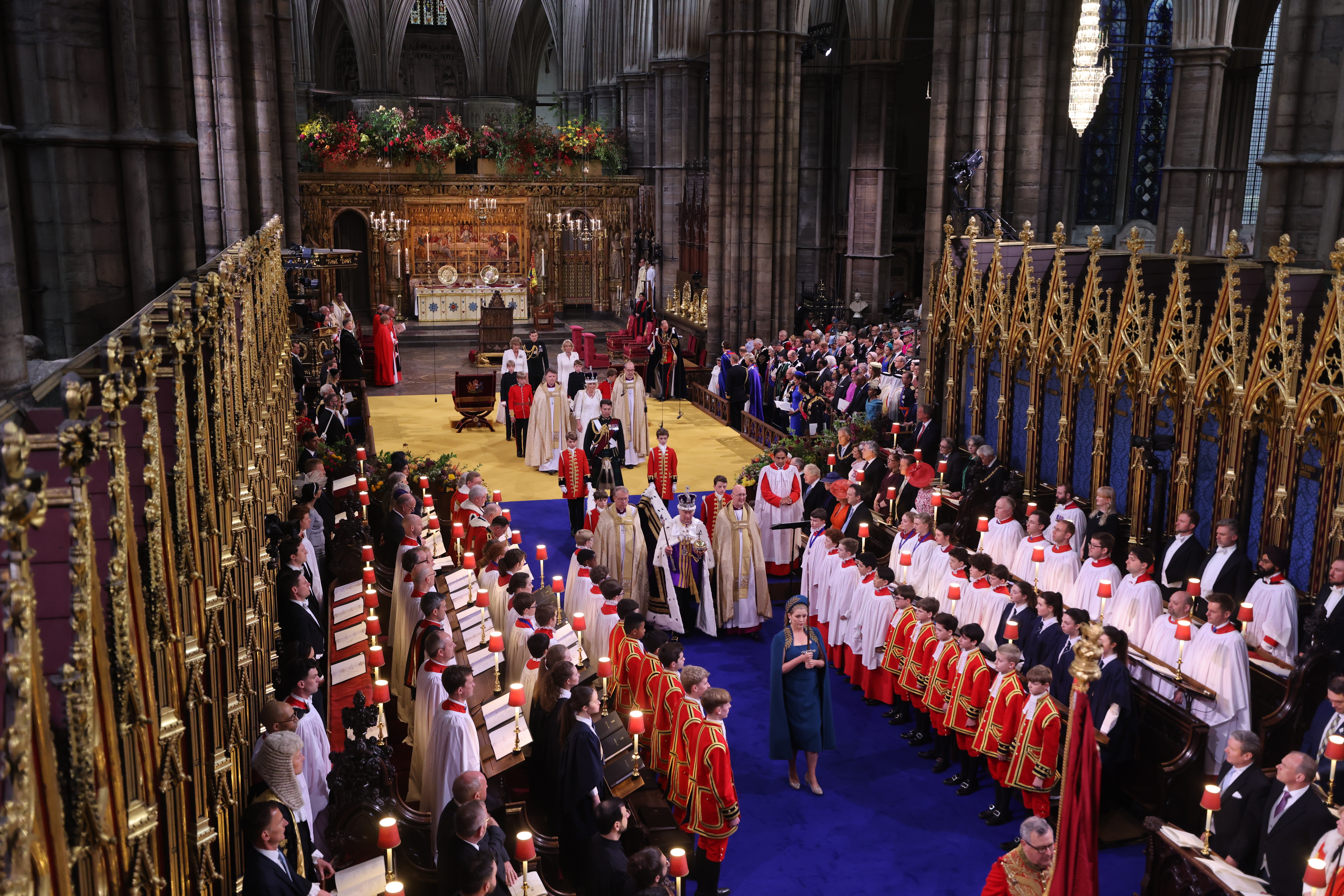
Past Warrant Holders may submit new applications if they wish to. The first stage of the process was the announcement in May 2024 of Royal Warrants of Appointment to The King being granted to companies and individual traders who had held his Warrant as The Prince of Wales and had been successfully reviewed. Some new Royal Warrants of Appointment to The Queen were also announced at the same time. The next major stage of the process is the review of Warrants held by companies By Appointment to Queen Elizabeth II.
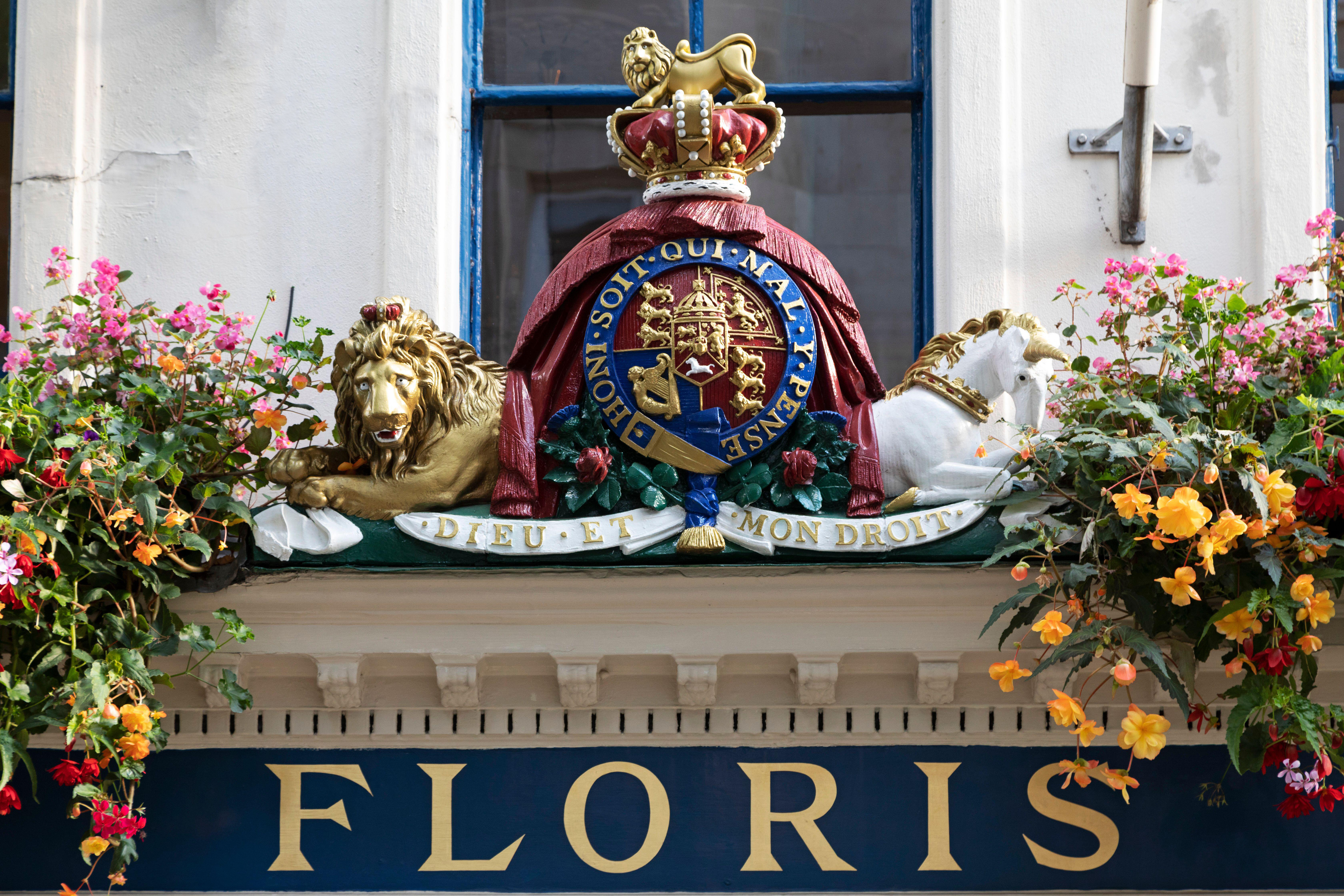
Finally, applications will be considered from non-Warrant-holding companies for new Royal Warrants which may be granted by HM The King or HM The Queen as Grantors. Currently there are no other Grantors, but this of course could change in the future. This present review is notable because the last time that a monarch came to the throne having already been a Grantor and therefore, with the transition of Royal Warrants to manage, was more than 100 years ago. In 1910, when George V succeeded his father, Edward VII, he, like the current King, had made grants of Royal Warrants as The Prince of Wales. His successor, Edward VIII, had been granting Royal Warrants as The Prince of Wales. However, probably because his reign was so brief, he made no grants as King.
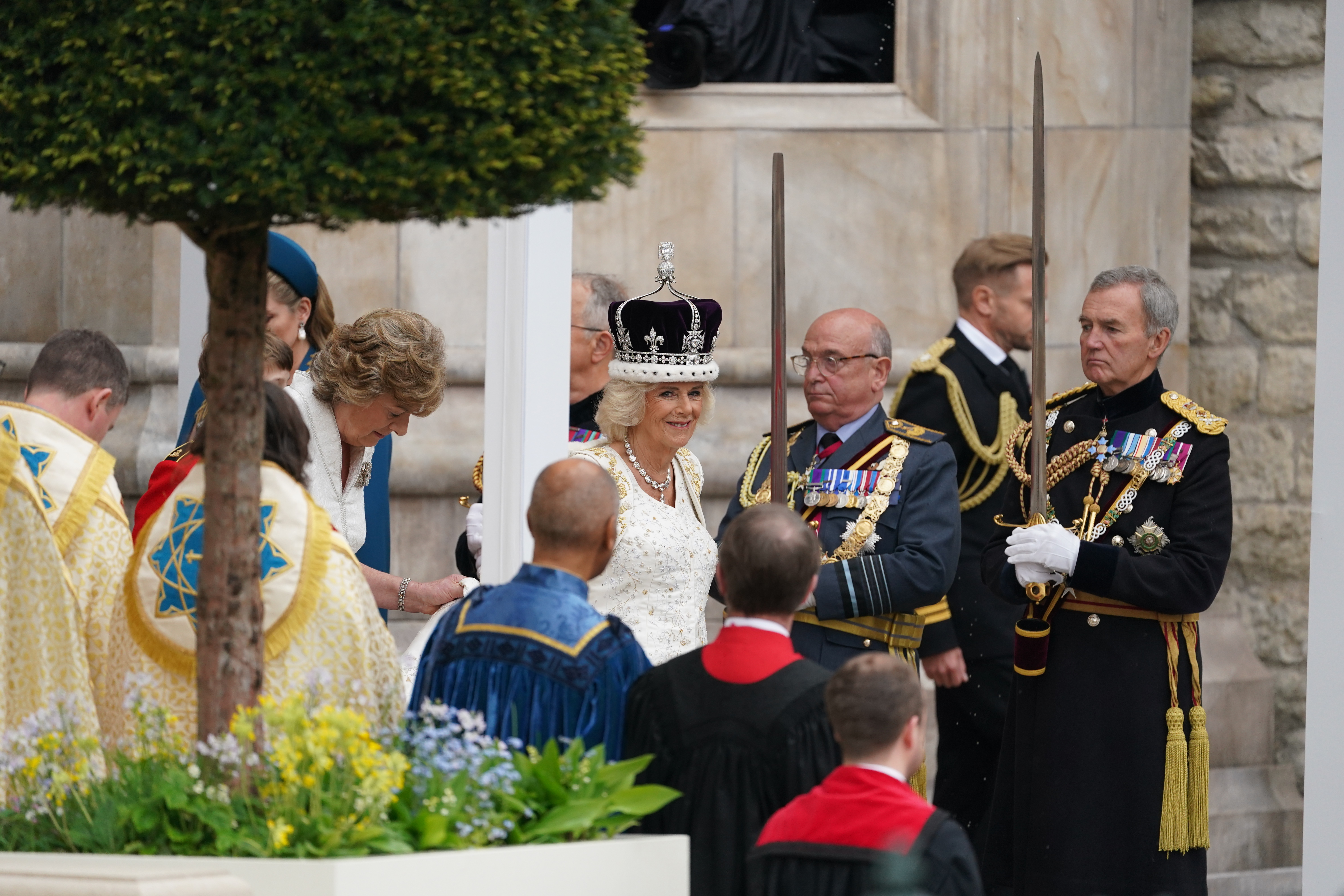
More recently, the late Queen had been Princess Elizabeth immediately before she was crowned, and her father had acceded from the position of The Duke of York. Neither of these titles involved the ability to grant Royal Warrants. One new development this year is that the new Queen is now a Grantor, the first time she has enjoyed such a role. Another point of difference is that the King – known for his energy and dynamism – began granting Royal Warrants just 18 months after his accession. This contrasts with his mother, who only began the process in 1955, three years after her accession to the throne, with his father following suit in 1956. King Charles had been granting Royal Warrants as The Prince of Wales since 1980, and so he has considerable experience of the system – more than many monarchs in history. It is interesting to note how sustainability has always been important to His Majesty as a Grantor – well before it entered the mainstream for businesses.
Who was the first Royal Warrant holder?
Exactly when Royal Warrants were first granted is not known, but in 1300, Reginald de Thunderley was rewarded for supplying what are described in historical records as 14 striped “clothes” for the servants of Queen Margaret. Perhaps a better example of what we would regard as a Royal Warrant Holder today was William Caxton, who was appointed The King’s Printer in 1476.
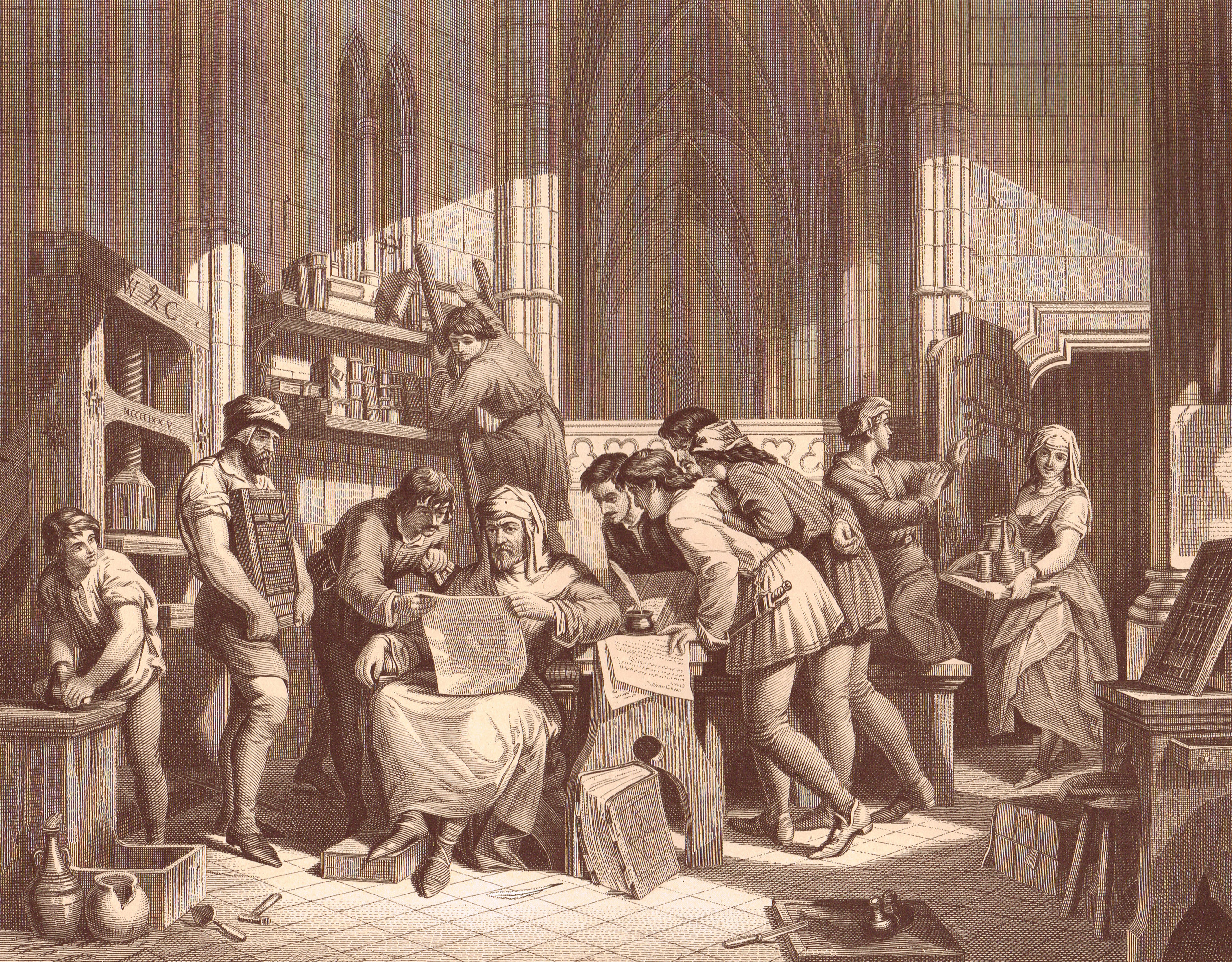
It was during the 18th century that Warrant Holders first began to display the Royal Arms in relation to their businesses, a practice that continues today and is the principal commercial benefit of Warrant-Holding. Today, Royal Warrants are managed by the Lord Chamberlain’s office, the department that also manages matters relating to the royal prerogative, ceremonies and patronage. The Lord Chamberlain chairs the Royal Household Warrants Committee – the body that makes recommendations to the monarch about the granting of Warrants, as well as manages all olicies relating to Royal Warrants. However, the gatekeeper of the granting process is the Royal Warrant Holders Association. Founded in 1840, and separate from the Royal Household, it manages applications for new Royal Warrants and amendments to the more than 700 currently in existence.
Far and Wide
The sheer variety of Royal Warrant Holders is remarkable, ranging from upmarket manufacturers with their proud heritage and traditions of craftsmanship through to the makers of products that you might find in any home or office. Some are global firms while others are small companies with no more than a dozen employees. The broad geographical spread is also crucial. As well as the inevitable clutch of London-based brands, A&E Fire and Security Equipment is based in Cheltenham, for instance, while Barcham Trees is in Cambridgeshire. Bentley Motors has its factory in Cheshire, and you’ll find Braemar Mountain Sports in Aberdeenshire.
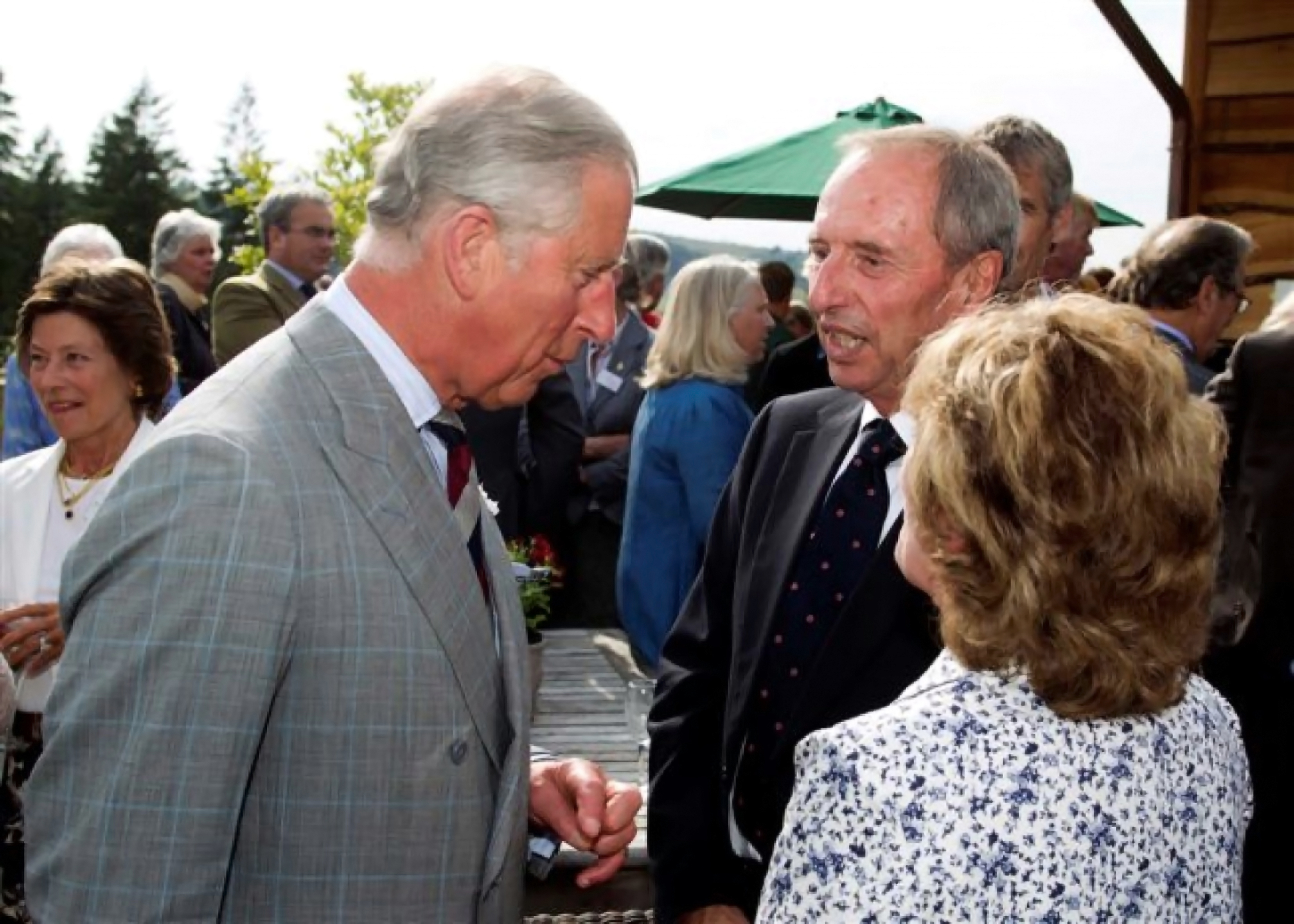
For English wine producer Camel Valley, which is based in Cornwall, the reappointment of a Royal Warrant has been a “very positive morale boost, especially to receive two Royal Warrants,” according to its founder Bob Lindo. “The Queen has visited the vineyard twice. I have met The King too.” The Royal Arms are proudly displayed. “Visitors to the vineyard are really interested, with most taking a photo of it, and they’re inquisitive about the Royal Warrant process.” Florist Shane Connolly was a Warrant Holder to the late Queen and The former Prince of Wales, and has now been granted Warrants by both The King and Queen. “You can’t ever presume that you’ll receive a Royal Warrant when the new ones are granted, even if you’ve held one before, and so it’s incredibly special and a great honour when it happens,” he explains. “Their Majesties are wonderful, loyal clients.”

“This means using seasonal, locally grown flowers and supporting artisanal flower growers around the country. I feel that having a Royal Warrant from the King, given his well-known and long-standing belief in sustainability, is the best possible endorsement for what we do to promote sustainable flowers.” According to Adam Brett-Smith, Chairman of Corney & Barrow, one of the oldest independent wine merchants in the UK, the company was “thrilled and deeply honoured,” to continue its Royal Warrant-Holding status.“There was a profound personal satisfaction and joy, being one of only seven companies, and the only wine merchant, to be awarded the Warrant of Appointment to HM The Queen was simply out of this world,” he says. A royal seal of approval says so much about a company’s ethos, and it celebrates its positive attributes in a way that regular advertising and branding simply can’t. “It means that our own values – relationship, excellence, spirit, independence, integrity – have been endorsed at the highest level,” explains Brett-Smith.
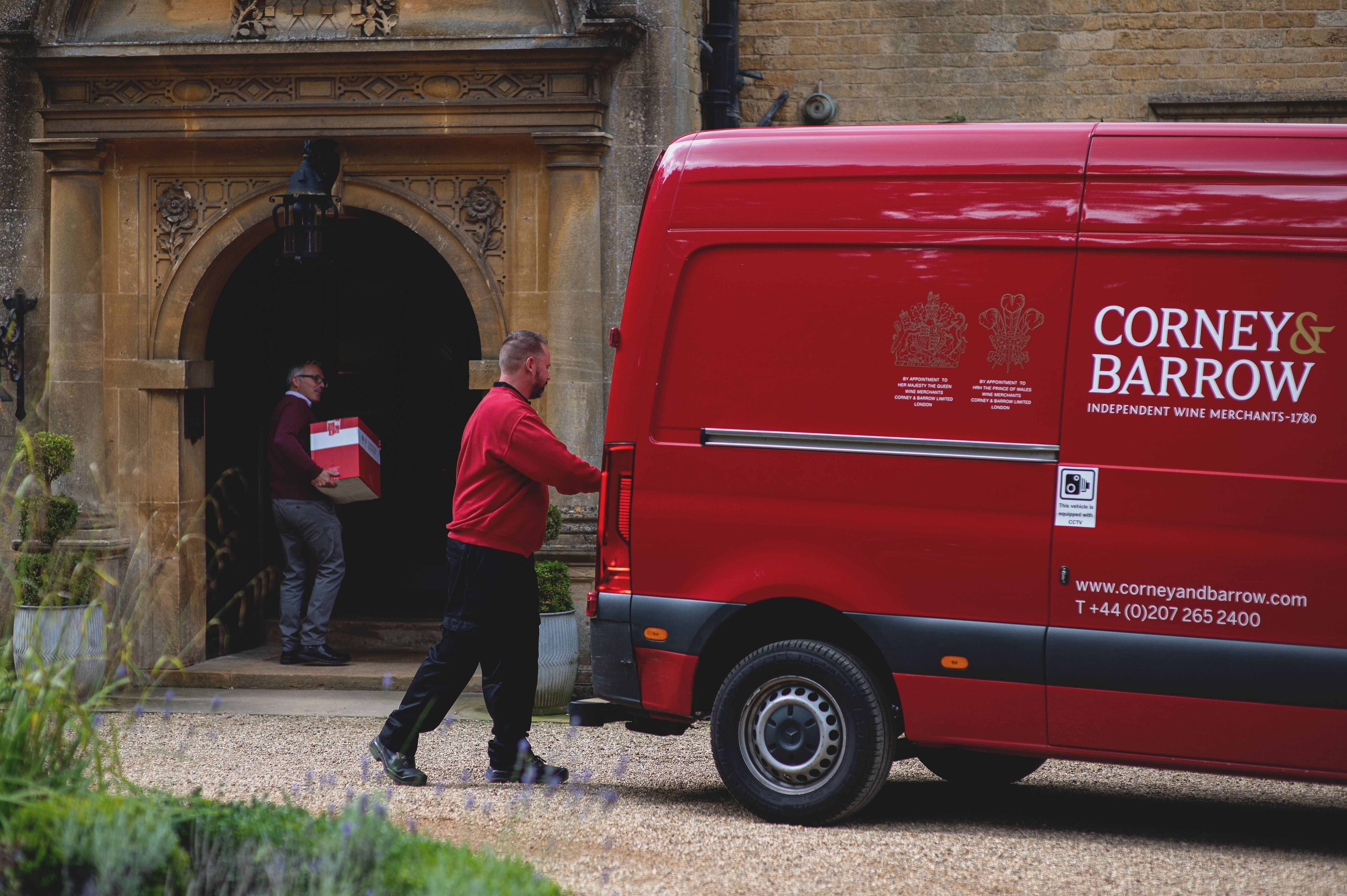
“I rather hope and believe that it is the same for our customers who gain even greater reassurance as a result of seeing the Royal Arms.” The granting of a Royal Warrant was originally an expression of respect for a tradesperson’s skills and gratitude for their service at a time when knighthoods and peerages weren’t thought to be appropriate for those working in trade. Today, part of its significance is the fact that it remains a personal gift of the monarch. “Both of Their Majesties have an uncanny ability to make the relationship very personal – which it is,” says Brett-Smith. “In addition, their decision to appoint me Clerk of The Royal Cellars to HM The King and HM The Queen, which is a Royal Household appointment and distinct from Corney & Barrow, was an extraordinary honour and privilege.”

In a world of social media influencers with celebrity endorsements being common currency, a Royal Warrant represents a unique seal of approval. “The Warrants are really important to our business as a sign of a certain standard of doing things,” says Julian Moore, Managing Director of D R Harris & Co, a chemist and perfumer which was founded in 1790. “There is a level of trust and discretion implicit in holding a Royal Warrant, particularly considering what ours are for.”

He adds: “We’re lucky to be able to use the Royal Arms on our own-brand products, of which we have around 400, and it’s a selling point, particularly for customers from abroad. Again, it’s a sign of a certain level of quality, and increasingly, customers are becoming aware of the fact that Warrant Holders are also required to have sustainability at the core of their business.” Moore describes the appointment of a Royal Warrant as “a real honour".
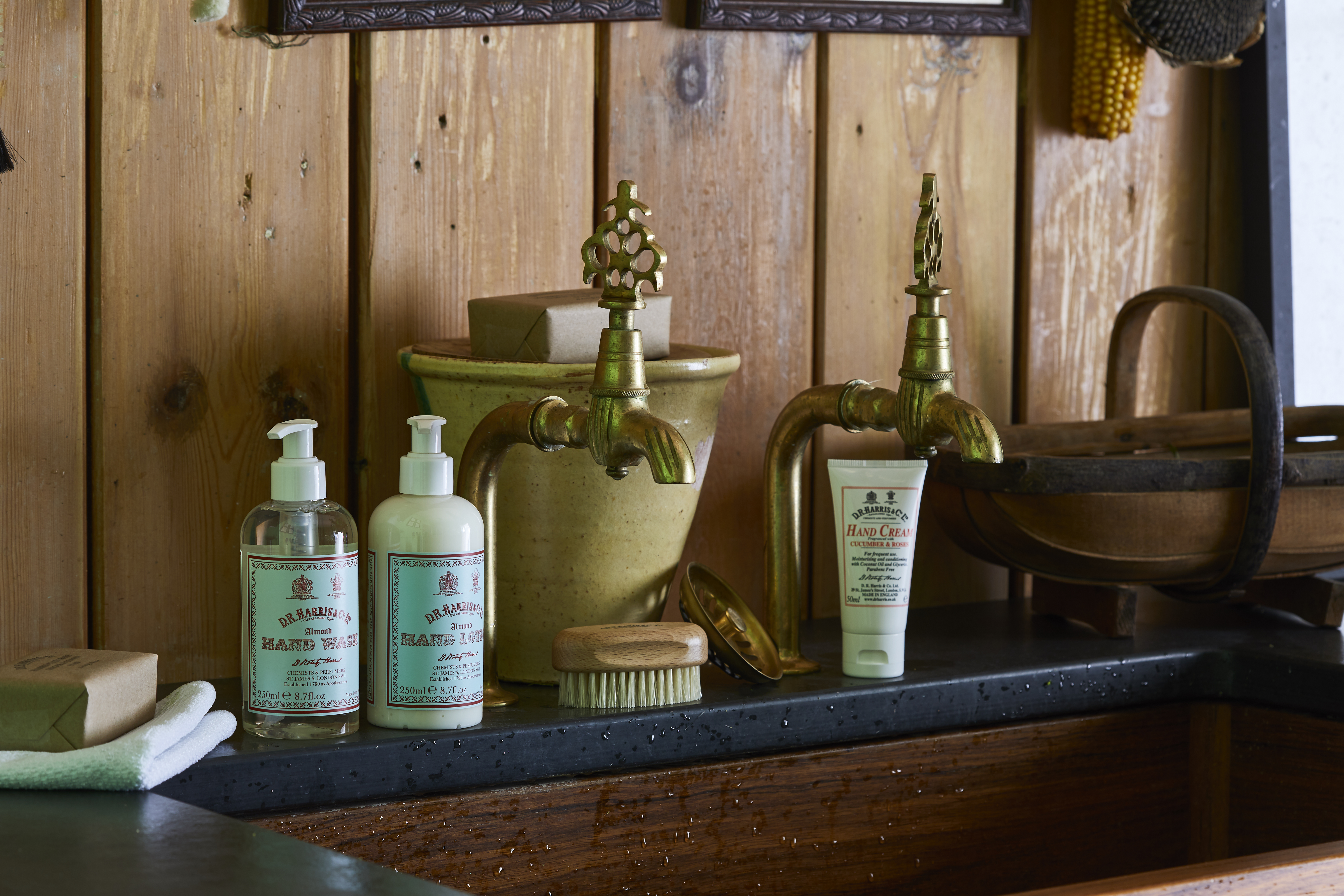
He says, “We hadn’t realised when applying that there would be such a small number of companies who would be granted Warrants to The Queen, so it’s a particular thrill. Holding Warrants is something every staff member is proud of, and that pride is evident when conveying the news to our customers.” The British monarchy endures because, while ancient traditions and eternal values lie at its heart, it subtly evolves to keep itself relevant to the modern world. As this latest collection of grants is unveiled, Royal Warrants continue to be a very visible example of this phenomenon. For further information, including a list of current Warrant Holders, please visit royalwarrant.org
Royalty in Britain is published this November 2024 and will be available in newsstands in UK and US. Purchase enquiries by email [email protected]
